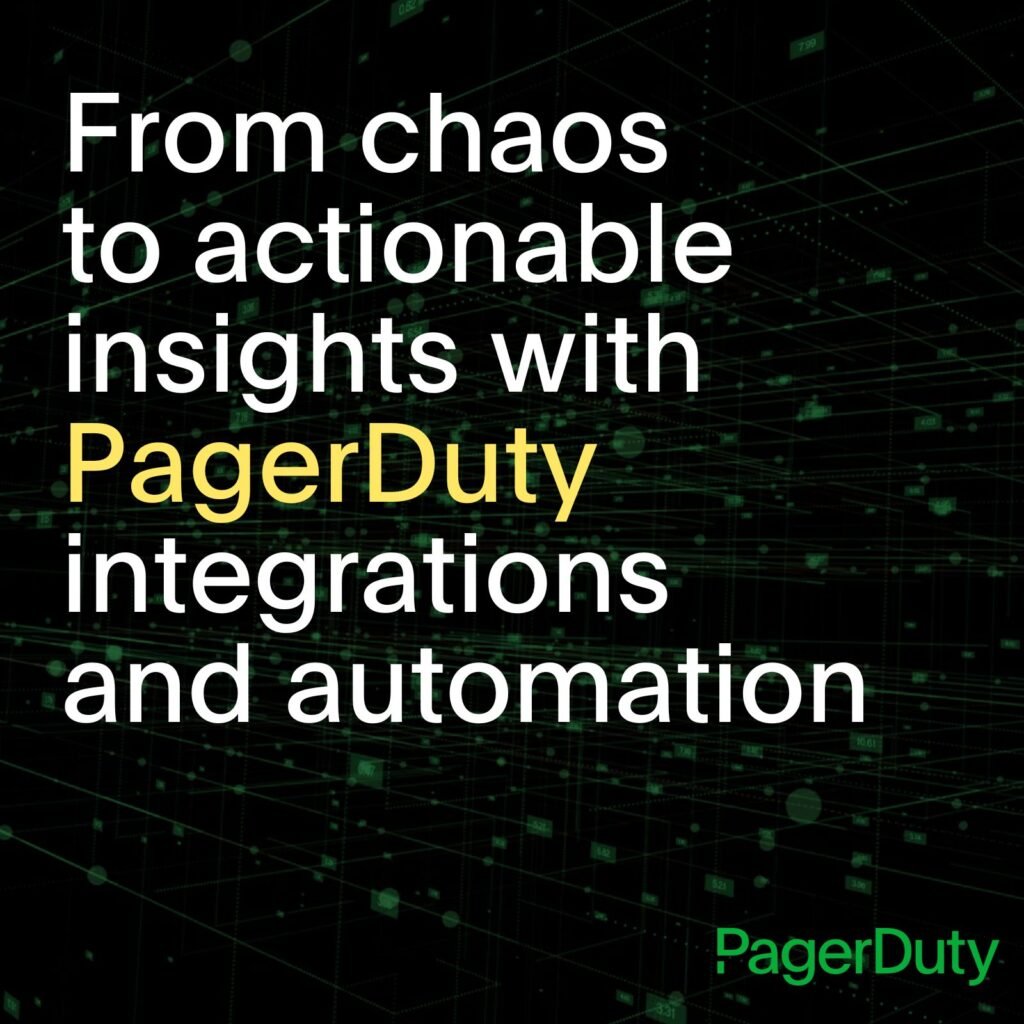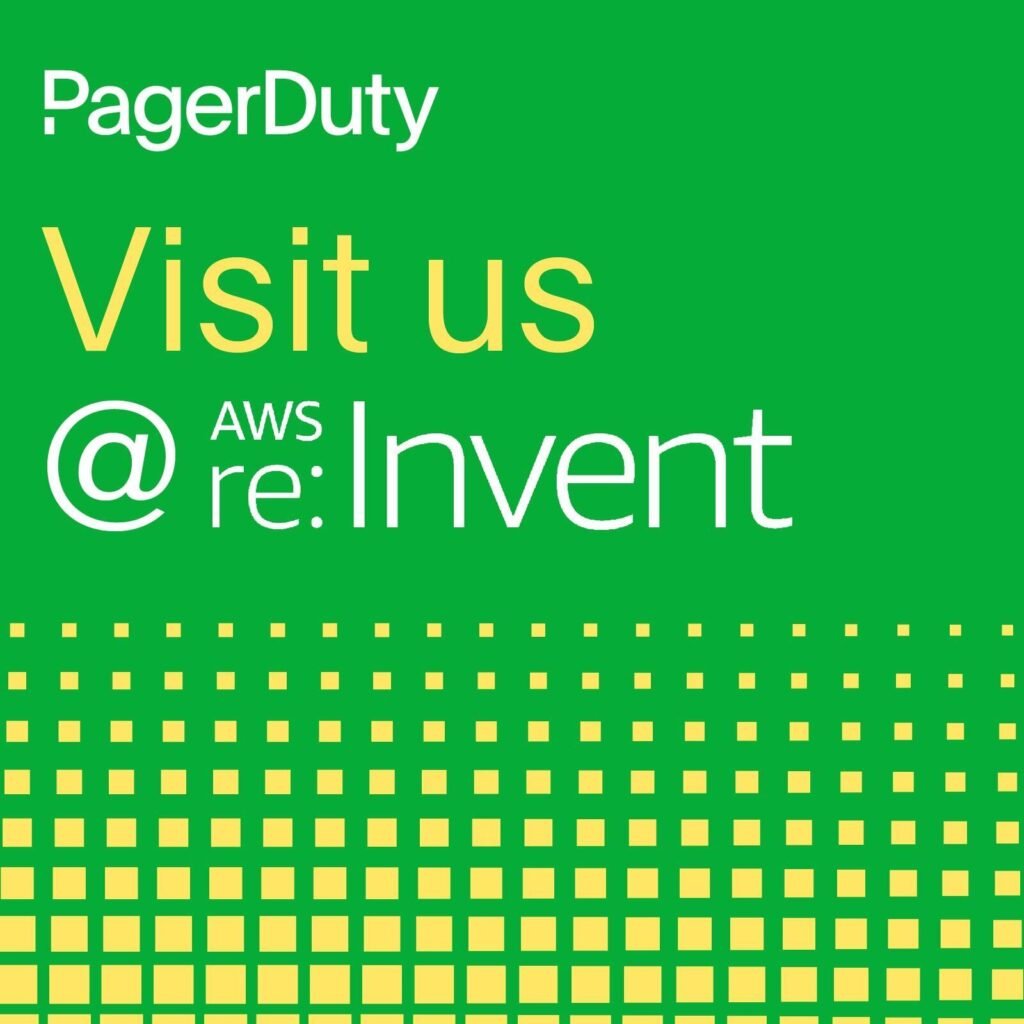- PagerDuty /
- Blog /
- Integrations /
- Connect the Right Teams and Work Together to Quickly Resolve Customer Issues
Blog
Connect the Right Teams and Work Together to Quickly Resolve Customer Issues
Today at PagerDuty Summit 2019, we announced PagerDuty for Customer Service—a powerful new way to connect Customer Service teams to engineering and IT teams.
We were also excited to debut two new partner integrations with Zendesk and Salesforce Service Cloud, and we can’t wait to show users how PagerDuty and our customer service ecosystem partners help connect the right teams so they can work together and resolve issues quickly to reduce customer impact.
Getting Ahead of Customer Calls
We know that engaging with customers is an important part of customer service. But did you know that 80% of people will stop doing business with a company because of a poor customer experience? In today’s world, where consumers expect digital services, apps, and websites to work perfectly all the time, it is also critical for customer service and support teams to be able to solve customer issues as they happen—even when the issue isn’t obvious.
Done right, customer service teams can also spot trends and help get ahead of a growing issue by pushing outbound communications and having a plan in place for when customers call. All this is obviously important to providing great customer service, but it also helps with customer retention, improves customer service metrics, and saves the company time and money when every second matters.
What Is PagerDuty for Customer Service?
PagerDuty for Customer Service provides insight across the organization, giving teams the visibility they need to help determine whether an issue is a single customer event or something more widespread.
Additionally, the new, bidirectional Salesforce and Zendesk integrations enable technical responders and customer service teams to share information across the organization in real time, from the applications their respective teams know and understand, and provide a holistic, organizational view of incidents and their resolution status. As a result, once-siloed teams can now collaborate in new ways to ensure customer-impacting incidents are handled quickly, and customer service teams are able to provide customers with up-to-date information when they call.
Let’s use an Internet Service Provider customer service organization as an example. An incoming customer call regarding a home Internet outage could require the customer to stay on the phone for a long time before the cause of the issue is discovered—which is not a great customer experience.
Because internal teams are not always working in interconnected systems, it may take several call transfers (or placing the customer on hold several times) to discover whether the root cause of the issue is a user error, a billing problem, or even a neighborhood network outage.
In the event of a network outage, many engineering teams don’t have a way to share this information with the right customer service representatives—and said representatives have no way of knowing whether an incoming call is connected to a service disruption that’s affecting an entire neighborhood.
But this can all change with PagerDuty for Customer Service. Teams can:
- Improve ticket resolution times by grouping related tickets and automating routing
- Enable anyone to reach on-call staff in real time with Live Call Routing
- Provide ongoing incident resolution updates to customer service reps, who can share the latest information to build trust with customers, increasing customer satisfaction and retention
With PagerDuty for Customer Service, organizations have the context they need to deliver accurate solutions, mobilize the right teams, and connect customer service representatives with technical responders to resolve issues quickly.
Interested in learning more? If you’re already a Zendesk or Salesforce Service Cloud user, you already have everything you need to get started. Check out the the Zendesk and Salesforce Service Cloud integration pages for installation guides to start using them today!


